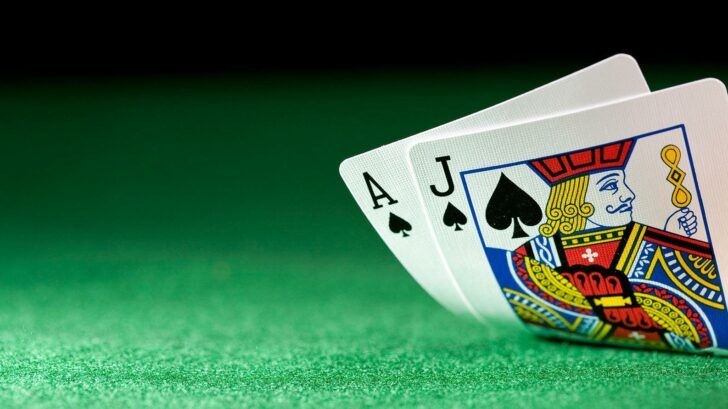How Knowing Blackjack Rules Variations Can Help You Overcome the House Edge

 Rule variations
Rule variationsThe average blackjack house edge is .5 percent, but seemingly minor rule variations can cause big discrepancies; it’s important to know where to play and where not to.
When discussing the house edge at a blackjack table, one figure tends to pop up: .5 percent. That is the standard advantage retained by the house at most tables, assuming that the player follows proper blackjack strategy and is not counting. Emphasis on standard, because seemingly inconsequential rule variations can tip the edge toward or away from the player. Knowing how variations affect your bankroll is crucial, and this piece will tell you which to follow and which to run from.
Dealer hits on a soft 17
This is one of the most basic edge-altering variations. Hitting on a soft 17 is advantageous, as the player’s (or dealer’s) chance of busting is relatively low. Finding a table where the dealer is required to stand on a soft 17 reduces the house edge significantly. In most Vegas casinos dealers always hit on a soft 17, which is why most of them have a house edge exceeding .5 percent. The Bellagio is an exception, however. The player can find tables with either variation, and according to LegitimateCasino the edge at the Bellagio’s no-hit tables is only .28 percent, significantly lower than when dealers hit in the same scenario.
Blackjack payout
A standard tenet of blackjack games is that the casino pays out a bonus when the player scores a blackjack. The standard payout is 3-2; this is part of why the house edge is usually .5 percent. You’ll find 3-2 at most casinos in Europe, Macau, Vegas and Atlantic City. But some casinos host games with 6-5 payouts, which should be an absolute no-no from the player’s perspective.
In Vegas these 6-5 games are marketed as “single deck blackjack.” The fact that cards are dealt from one instead of six or eight decks is advantageous to the player (especially if he is using a card counting system), but in no way does it compensate for the poor payout. Blackjack experts generally estimate that single deck, 6-5 games carry a house edge of around 1.45 percent, significantly higher than a standard 3-2. So if you bet $10 and score a blackjack, instead of receiving the $15 you should be entitled to, you only get $12. More and more Vegas casinos are hosting 6-5 games. We suggest that you steer clear of them.
Doubling down after split (DAS)
Splitting means, simply enough, splitting your initial pair into two separate hands (and thus doubling the amount of money on the table). It is generally advantageous to double your bet after a split. The player should split when it looks like they have a clear advantage over the dealer. Doubling in this situation is great because it allows the player to maximize the amount of money on the table when having an advantage.
Some casinos don’t allow this, but in ones that do, the dealer allows the player to double their initial bet on one of the hands. Let’s say you are dealt two sevens and you decide to split them. You are dealt a four to the first seven. At this point you decide to double down, because your eleven has a good chance of beating the dealer. You should make the decision whether to split based by both your cards and the dealer’s up card. If the casino allows you to double down after the fact, you should generally choose to split more often. This rule affects the house edge by about .12 percent.
Re-splitting aces (RSA)
When you are dealt a pair of aces you should always split them, regardless of what the dealer is showing. If the next cards show an advantage over the dealer, it is beneficial to the player to split again, making three or four hands, depending on whether they want to split both of them. The two ace hands give the player a good chance of winning, and if strategy dictates splitting again, the player should have four quality hands on the table. Four hands means four times the initial bet, potentially leading to a big payout for the player. Even if they lose on one or two of them, they should come out ahead in such a situation. Which is exactly why some casinos disallow it.
The big picture
Any game involves multiple blackjack rule variations which affect the house edge, so it’s important to consider how they interact when choosing a game. Blackjack guru Henry Tamburin has put together a useful set of calculations. In a standard six deck game the house edge is always higher than in a single or double deck version (expect 6-5 payout games, but you should avoid those anyway). A six deck game in which the dealer hits on a soft 17 but disallows RSA and DAS carries an edge of .76 percent. When RSA and DAS are allowed the edge drops to .54 percent. Single deck games and those in which the dealer stands on a soft 17 (which are difficult to find in the US) carry lower house edges. Tamburin finds that in a single deck game which allows DAS, the house edge is almost negligible (that is, unless the payout is only 6-5). Moral of the story: do your homework before choosing where to play blackjack.




